
Alice Johnson from the RSPB offers her handy guide to spotting beautiful butterflies and wildflowers at this nature reserve within the Arun Valley in West Sussex
Why not take a walk at RSPB Pulborough Brooks nature reserve and you’ll see the place is alive with wildlife? You might find a Common Blue butterfly flitting across a meadow blooming with a bright wave of summer plants, that comes to land on a purple Common Knapweed flower. Summer is the best time to see wildflowers and butterflies, and the reserve is home to 33 different species. Follow one of the trails near meadows, hedgerows, wetland, woodland and heathland for a chance to see the incredible wildlife here.
Butterflies to spot
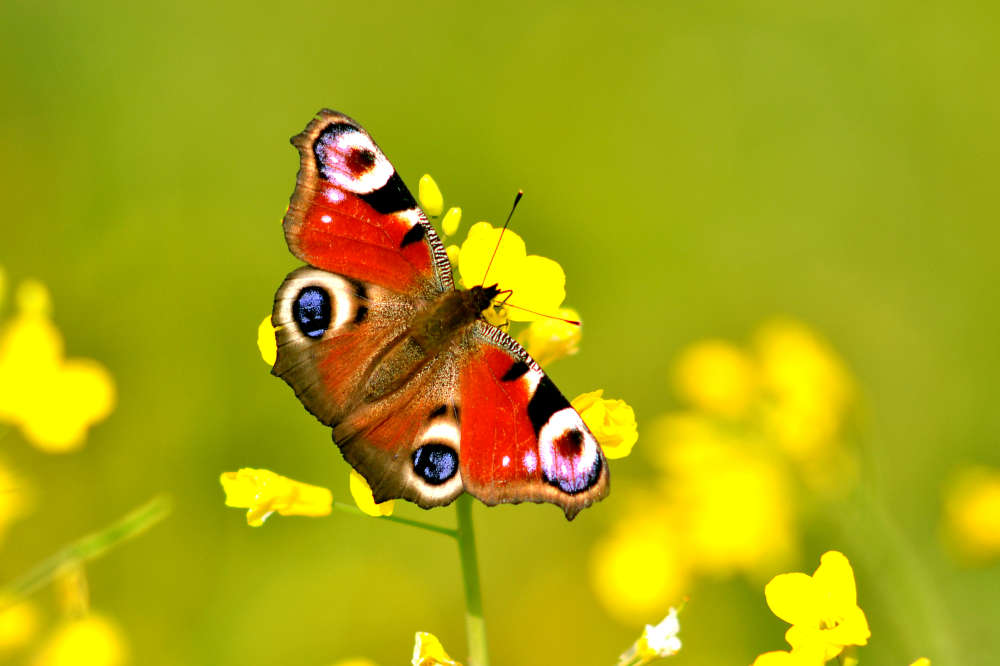
Peacock
This species is recognisable due to the characteristic eyespot markings on its wings that look like those from a Peacock bird’s feather. However, when the wings are closed it is tricky to spot this butterfly as it is dark in colouration, looking somewhat like a dead leaf. The caterpillars of this species live communally and feed on nettles. Keep an eye out for Peacocks by hedgerows and meadows at Pulborough Brooks.
Small Copper
With a wingspan of around 3cm, it is the vivid orange markings of this butterfly that draws your attention to it. This species is territorial, meaning the males will defend a place they see as their own from intruders. Small Copper caterpillars will feed on sorrel plants along with dock. Look out for these butterflies on warm days across meadows and heathland at the reserve.
Common Blue
If a vivid blue butterfly flits past you, it is most likely a male Common Blue. Females, however, often have brown upperwings that are marked with orange spots around the wing margins. With a wingspan of around 3cm, this little butterfly can be spotted on sunny days on grassland, heathland and meadows on the reserve. When their wings are closed you’ll see a pattern of spot markings that are circled in white.
Marbled White
This butterfly is quite striking in appearance with a black and white patterning to its upperwings, which have white scalloped markings around the edge. Marbled White caterpillars will munch on several different species of grasses. Watch for this butterfly in meadows across the reserve, such as feeding from Common Knapweed flowers, from June to August.
Wildflowers to look out for
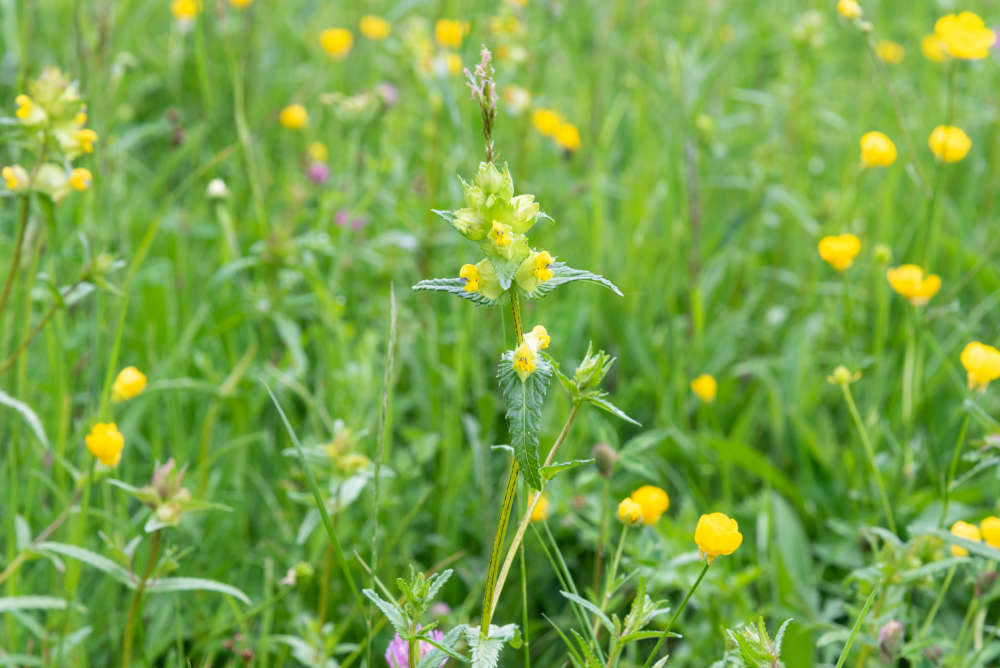
Common bird’s-foot trefoil
This perennial plant has clusters of vivid yellow flowers that can be seen in grassy areas. A great place to spot this species at Pulborough Brooks is in the meadow by Winpenny Hide. This plant is a member of the pea family and blooms from around June to September. It is also a larval foodplant for the Common Blue butterfly.
Teasel
These impressive flowers are difficult to miss as they can grow to 1-2m in height. The flowerheads appear cone-like in shape and burst with lots of small violet purple flowers from July until the end of summer. Look out for this plant, the stem of which is covered in spikes, in grasslands around the reserve.
Yellow rattle
This species is named due to the ‘rattling’ noise the seeds make inside their pods. Look out for the bright yellow flowers around grassy areas, as this species gains nutrients from neighbouring grasses through the root systems, meaning it is partially parasitic. The meadow by Winpenny Hide at Pulborough Brooks is a great place to look for this species.
Common knapweed
A flower not to be overlooked, the deep purple of Knapweed blooming on top of tall stems can be found in meadows around the nature reserve during the summer months. This perennial can grow to 1m in height, and where there is Knapweed there are also butterflies such as Marbled White, Common Blue, and Peacocks that are attracted to this flower.


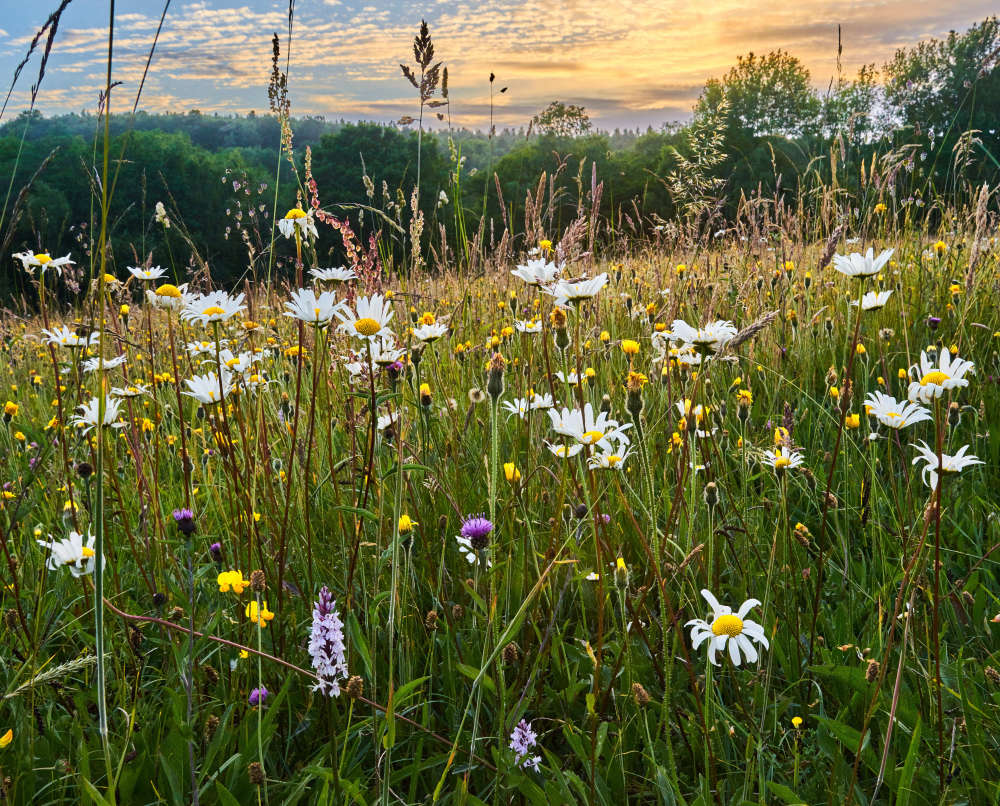
 It’s a Dog’s Life: Let it Snow... Somewhere Else
It’s a Dog’s Life: Let it Snow... Somewhere Else
 It's a Dog's Life: Foods are Seasonal, Treats are Perennial
It's a Dog's Life: Foods are Seasonal, Treats are Perennial
 It's a Dog's Life: World Animal Day
It's a Dog's Life: World Animal Day
 It's A Dog's Life: Never Assume...
It's A Dog's Life: Never Assume...
 Fostering Happiness at Raystede
Fostering Happiness at Raystede
 It's a Dog's Life: Why So Much Sport?
It's a Dog's Life: Why So Much Sport?
 It's a Dog's Life: A Partly Political Broadcast
It's a Dog's Life: A Partly Political Broadcast
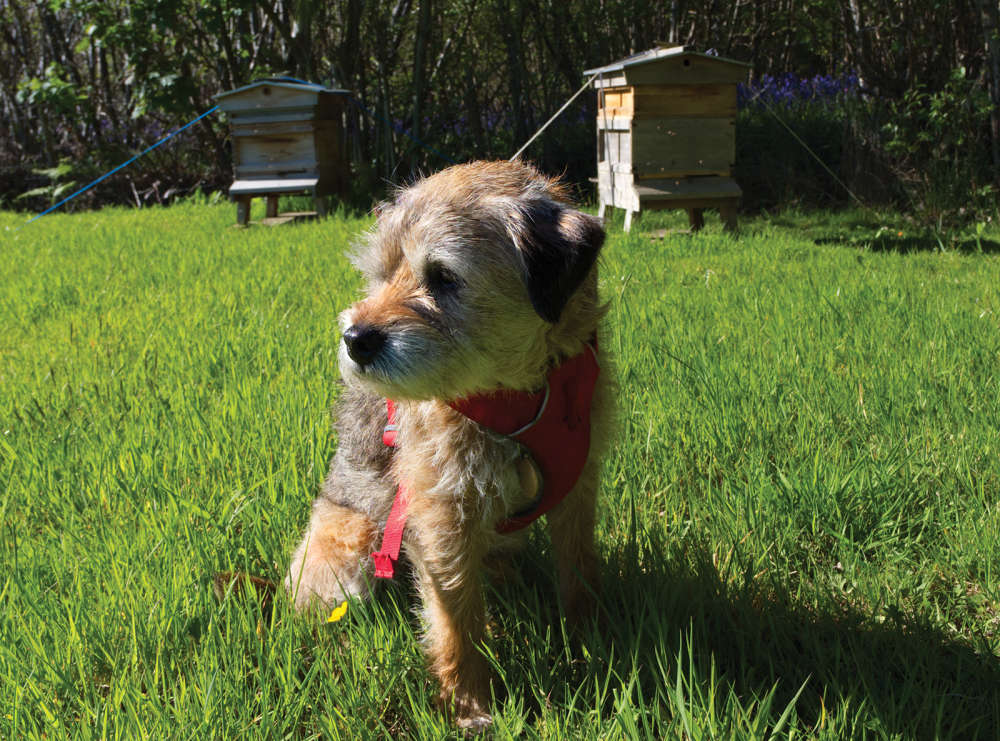 It's a Dog's Life: Our Hobbies are Not the Same
It's a Dog's Life: Our Hobbies are Not the Same
 It's a Dog's Life: Our Currency is Biscuits
It's a Dog's Life: Our Currency is Biscuits
 It's a Dog's Life: Teddy & the Dragon
It's a Dog's Life: Teddy & the Dragon
 Paws for a Cause
Paws for a Cause
 Kids Zone: Lambing in Spring
Kids Zone: Lambing in Spring
 It's a Dog's Life: Access Denied
It's a Dog's Life: Access Denied
 It's a Dog's Life: February is not just for Pancakes
It's a Dog's Life: February is not just for Pancakes
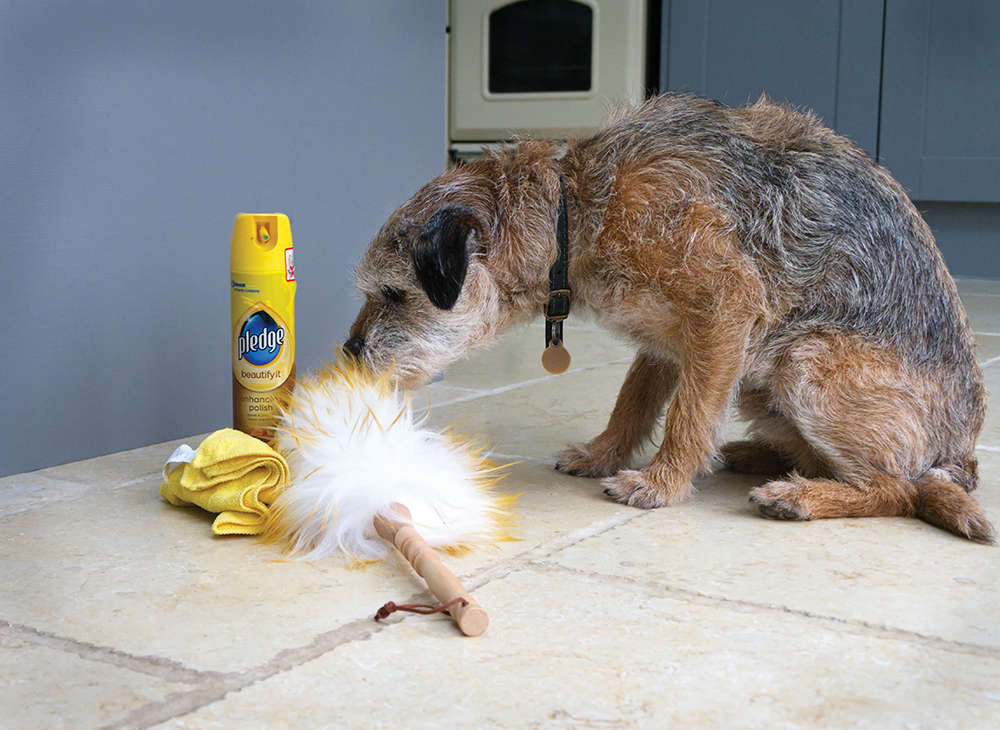 It's a Dog's Life: Cleaning Up
It's a Dog's Life: Cleaning Up
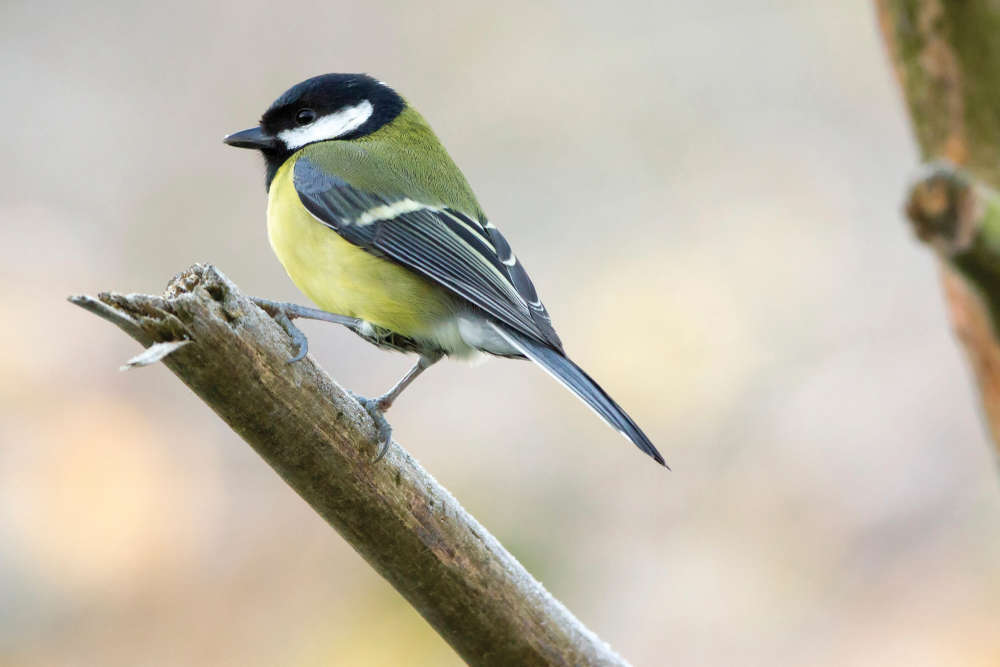 Top 10 Garden Birds to spot in Sussex
Top 10 Garden Birds to spot in Sussex
 Top Tips: Keep Your Pets Safe this Bonfire Night
Top Tips: Keep Your Pets Safe this Bonfire Night
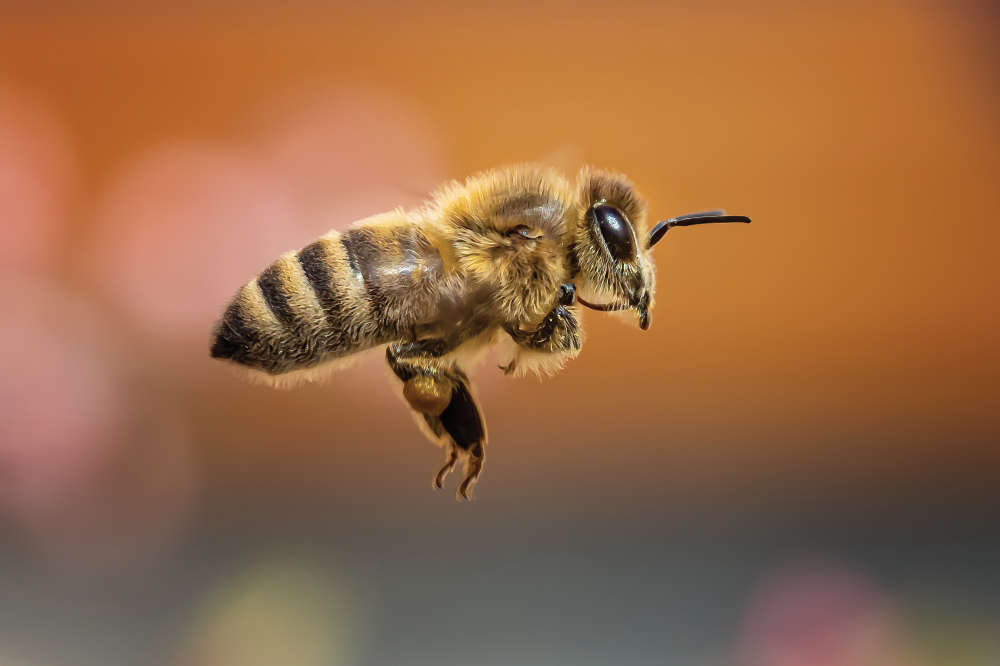 Advertising Feature: Plan Bee
Advertising Feature: Plan Bee
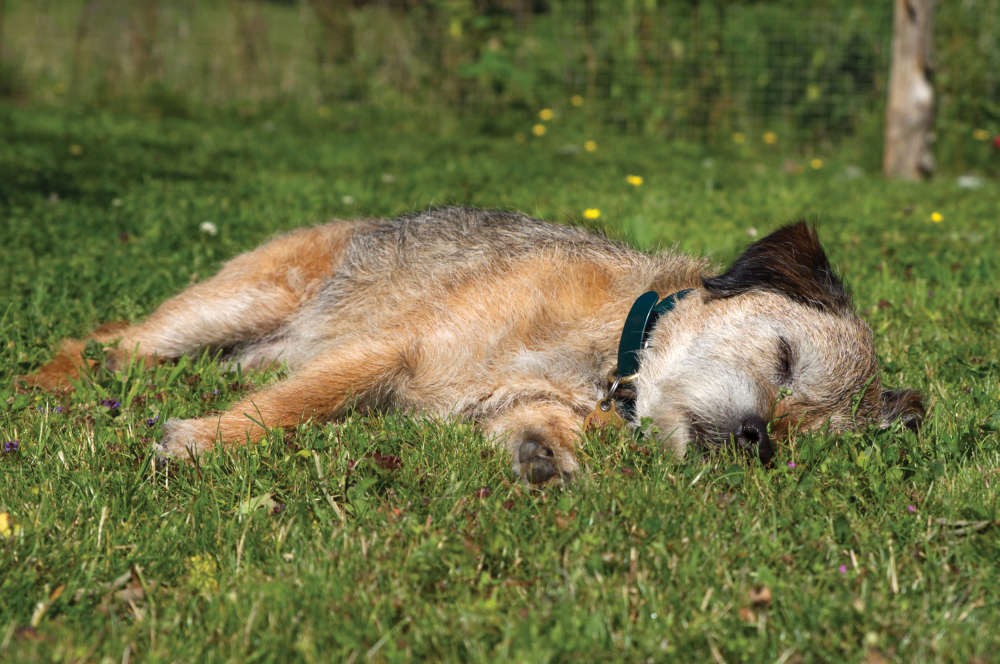 It’s a Dog’s Life - The Quiet Life
It’s a Dog’s Life - The Quiet Life
 What should you be looking out for in your Sussex Garden this Summer?
What should you be looking out for in your Sussex Garden this Summer?